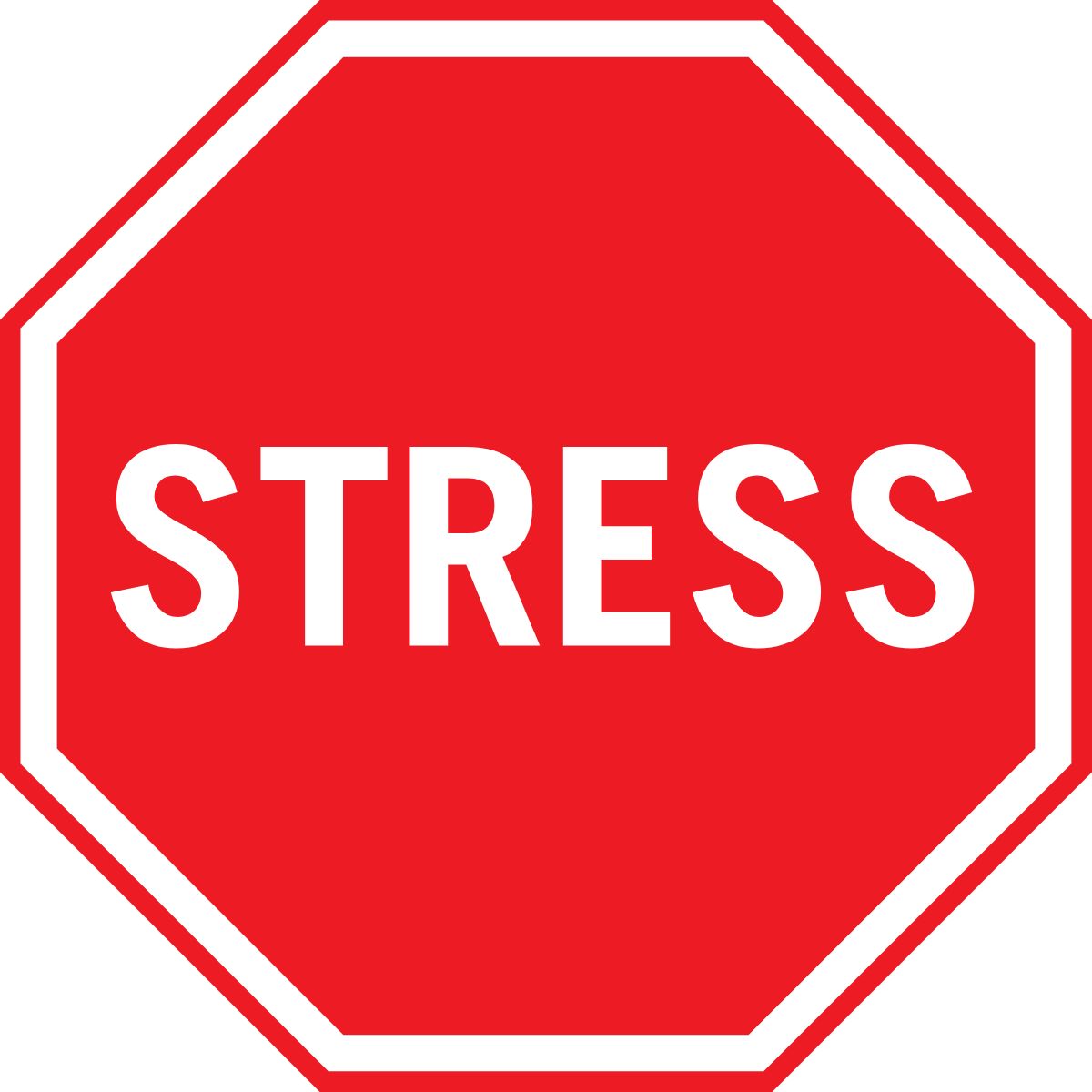When I started my first business, I was told to create my exit strategy along side of my business plan.
I thought that was nuts. I haven’t even opened the business and I’m already looking for a way out?
So, of course, I thought I knew better and ignored that advice.
Big mistake.
(For what it’s worth, I made a habit of not listening to people in my twenties. Unbeknownst to me, I was an idiot and didn’t really know what I was doing. So, I used phrases like “I would never…” or “That’s impossible…” Even bigger mistakes.)
What I didn’t think about until it was too late, is that when you are ready to exit your business – or any job for that matter – it doesn’t always happen according to plan. And, sometimes, you are ready to be done with it sooner than you think.
If you wait until your hand is forced to make a decision, you are less likely to make the right one. You are under duress, emotional, exhausted, and you just want to be done. Not a great frame of mind to be making a decision.
How Many Tasks Or Projects Do You Feel Like You Are Stuck Doing?
You agreed to help a colleague with something months ago and you thought it was temporary. Here you are, 82 days later, and there is no end in sight. You have other work that needs your attention. This isn’t the first time. In fact, you have a couple of obligations that you have no idea how to get rid of.
Then, some genius (like me,) tells you that you really need to stop doing work that’s not yours to do. You need to start saying no to work that’s not a fit.
You think “Duh! But I can’t say no/don’t have anyone to delegate to/I said I would do it/insert whatever excuse you want here.” You feel stuck because you can only see one exit or solution to this problem, rather than the possibility that there are several options.
When you are busy, stressed, or exhausted it’s difficult to consider, let alone see, that you have multiple options. This is why budding entrepreneurs are advised to create exit strategies as they write their business plans. This is what career planning is for. So you don’t get stuck.
Why shouldn’t you apply the same strategy to any work you take on?
Exit Strategies Are Active Choices
Allowing yourself to create an exit strategy, keeps you from going on auto-pilot with your day. You are making an active choice to take on work, rather than blindly accepting responsibility. You thought through your choice and know that when your time or energy are tight, there are options available to off-load this task instead of wringing your hands with worry.
Even though you say yes at the beginning, it doesn’t mean you can never say no.
You are also giving yourself room to check-in with your own goals and priorities. If something changes, you know what to do.
How Do You Create An Exit Strategy?
This boundary is a little easier to create than you think.
A good exit strategy keeps your goals in mind, without compromising a task’s outcome. It can also help you maintain valuable relationships. While it may be more work upfront, it keeps you from making hurried decisions, producing poor quality work, or feeling like you are leaving someone in the weeds. Basically, it saves you a lot of stress.
The steps to creating an exit strategy include:
- Don’t say yes right away: It’s easy to get caught up in the moment, but practice the phrase “let me get back to you” to give yourself some time to create a plan.
- Discuss the beginning with the end in mind: Put an end date on Don’t agree to do anything without knowing when you will be finished. Ignoring this first step is usually the deadly step. So many people say yes at this stage, while telling themselves they will figure the details out later. Doing this only digs a deeper hole of stress and overwhelm.
- Document: Document what you agreed to do and for how long. Also, if applicable, document the processes. All of this information makes your exit far less painful for everyone involved.
- Ask yourself questions: Too often we say yes without looking at the bigger picture. Ask yourself:
- How does this fit in with my goals, priorities?
- Do I really have time to do this?
- If I can’t do this task occasionally, what are the consequences?
- If someone else needs to take this over, who would that be?
- How can I maximize this opportunity?
- Train an understudy: This may not be necessary depending on the task or project, but training a back-up along the way could pay dividends when you are ready to leave. There will be less tension, less scrambling to find a capable replacement, and you’ll feel confident that the work will get completed without you.
- Keep your eyes open: Keep your eyes open for other opportunities that align with your goals. Don’t just fill your time with something random, know what you are going to do next and why.
The best way to learn to create an exit strategy is to learn from your past mistakes. Knowing what you know now about certain tasks and projects, how would you have benefitted from having an exit strategy? Is there work or responsibility that you take on that much different? What has been reliably the same is the person taking on the work – and you need to make a change.
Can You Create An Exit Strategy Later?
Yes. And no. It depends.
How was that for an answer?
Yes, you can create an exit strategy later, but not much later. An exit strategy won’t really work when you are at your wit’s end and crushed for time. However, if you said yes to something without pausing to think, it is okay to return a day or two later and negotiate that exit.
There can also be a change in strategy. Maybe you need to stop work sooner than you thought, maybe you want to keep going longer than you planned, or perhaps you figure out a different way to do a task. Exit strategies can and should be flexible.***
*** If you are a People Pleaser the term flexible does not mean you give in and dissolve your strategy.






